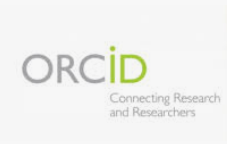Location-assignation of the services of primary care in a health area
Keywords:
location-assignation, service planning, patients’ satisfaction, primary health careAbstract
Introduction: the location theory begins taking into account the problems in service facilities. From one side it finds the optimal location, and from the other, it determines the demand assignation to these centers. Health services do not escape from this location problem. The special location acquires great importance, and particularly in the field of public services’, it tends to improve the level of spatial equity for the population.
Objective: reassigning the population belonging to the family physician consultations, minimizing the total distance the patients have to go through up to them.
Materials and methods: we made the re-assignation of the population in the family physician consultations belonging to the University Policlinic Carlos Verdugo, of the city of Matanzas. Among the main tools and techniques used are: observation, documents reviewing, individual interview, expertise methods, method of locating the gravity center, and GeoMap informatics tool supporting the assignation of zones to the consultations, minimizing distances. Besides that, we worked with Excel, Autocad, Mapinfo.
Results: the assessment of the location of consultations belonging to the University Policlinic Carlos Verdugo, on the basis of the usage of the gravity center method, and also the proposal of an improvement related with zones relocation according to the distribution of population assigned to the worse-located consultations, minimizing the distance to go through to these services, using an informatics tool.
Conclusions: the used method showed an easy and fast access to primary care services, as a relevant aspect in the health system effectiveness, and also in the planning and satisfaction of the patients with the given service.
Downloads
Published
How to Cite
Issue
Section
License
All content published in this journal is Open Access, distributed under the terms of the CC BY-NC 4.0 License.
It allows:
- Copy and redistribute published material in any medium or format.
- Adapt the content.
This will be done under the following terms:
- Attribute the authors' credits and indicate whether changes were made, in which case it must be in a reasonable way.
- Non-commercial use.
- Recognize the journal where it is published.
The copyrights of each article are maintained, without restrictions.





